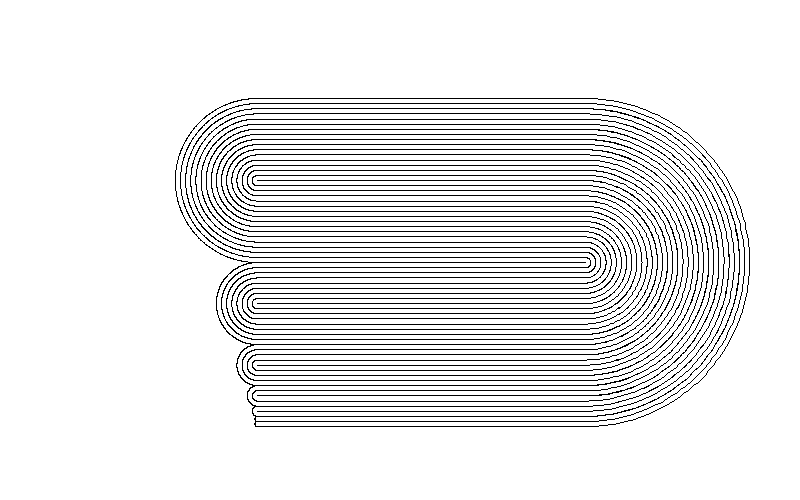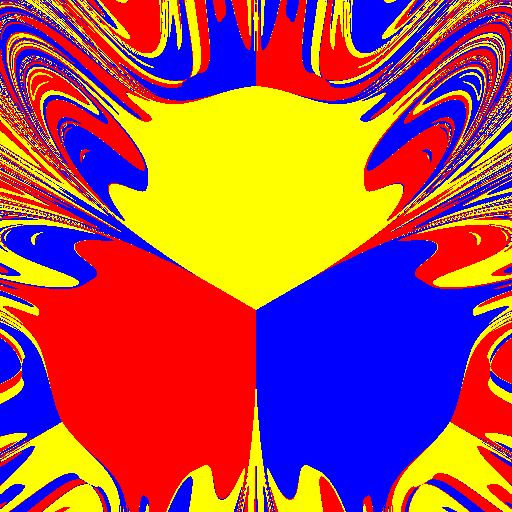Dr. Paolo Claudio Grigis
This page shows some the results of some fun scientific application I created
over the course of the years. The images and movie shown here were created by
myself using the IDL programming language.
Quantum mechanical tunnel effect
The movie shows the reflection and partial transmission of the wave-function of
an incoming particle (represented by a Gaussian wavepacket, shown in red)
hitting a potential wall, shown in black. Classically, one would expect the
entire wave to be reflected. However, the movie shows that the quantum
mechanical beahvior is different. The temporary wavelets seen are a result of
the interference between the forward moving and the refelected part of the wave
packet.

The evolution of the wave was computed by numerically solving the Schroedinger
equation in IDL. To ensure numerical stability, the Cayley form of the
Hamiltonian was used for the implicit finite differencing scheme.
Optical Ray-tracing
The image below shows optical ray tracing computed in IDL with an object
oriented framework implementing collision detection between the light rays and
the optical components. The rays do not converge in a single point due to
spherical aberraton of spherical lens.

Horseshoe Map
The horseshoe map is obtained by taking the unit square, stretching it and folding it around.
The results of applying the horseshoemap 6 times is shown in the image below.

Pendulum fractal
This is an interesting dynamical system, described by a pendulum that
swings under the effect of gravity and the attraction of tre magnets
at the corners of an equilateral triangle, with a moderate
level of friction.
As the movie (to be added) below shows, when the pendulum is released from a given initial
position, it will eventually lie to rest close to one of the magnets.
The image below show where the final rest position is, as a function
of the initial starting position.

Last modified: Mon Feb 7 15:59:37 EST 2011



